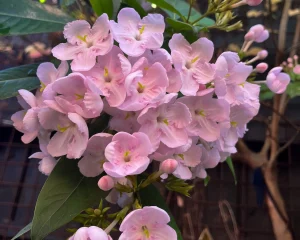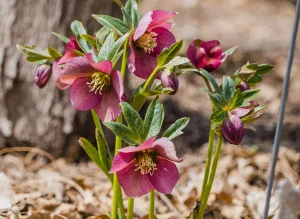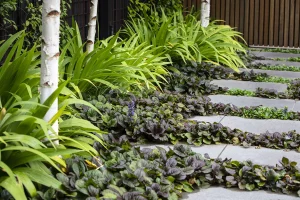Acer palmatum, or Japanese Maple, is one of the most treasured small trees in ornamental gardening – admired for its delicate foliage, elegant structure and brilliant seasonal colour. Originating from Japan, Korea and China, this deciduous tree brings a sense of tranquillity and refinement to gardens of all styles. Whether as a single specimen, understorey tree, or feature in a courtyard, Acer palmatum never fails to captivate through the seasons.
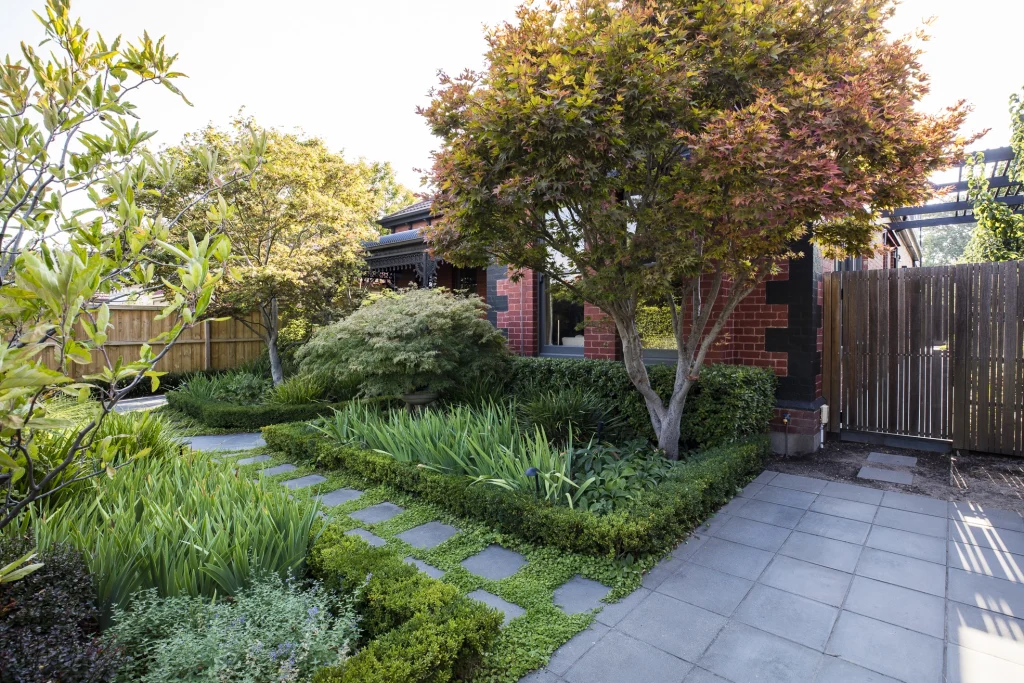
Typically growing between 4–6 metres high and wide, Acer palmatum has a graceful, layered form that softens any garden space. The leaves, usually five to seven lobed, range from soft green to deep burgundy depending on the variety. In autumn, they ignite into shades of scarlet, orange and gold before dropping to reveal smooth bark and finely structured branches that add winter appeal. There are hundreds of cultivars available, from the finely dissected, weeping ‘Dissectum’ forms to upright varieties like ‘Osakazuki’ or compact selections such as ‘Shaina’, making it easy to find the right Japanese Maple for any garden.
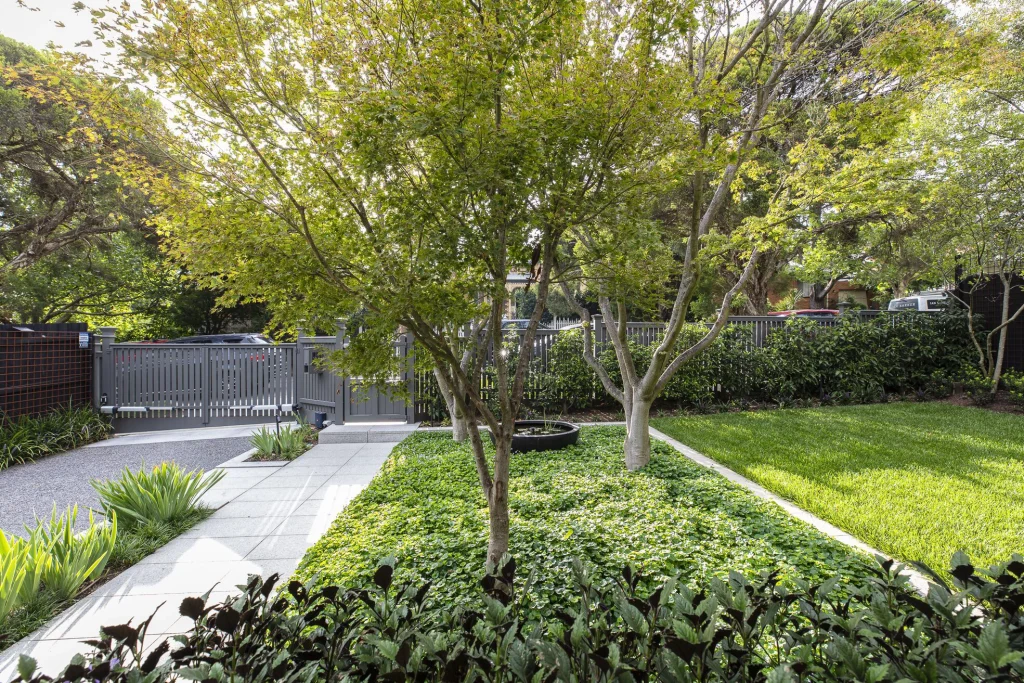
Landscape uses
Their sculptural silhouette and changing foliage make them a beautiful focal point near an entryway, pond or courtyard, or a stunning companion to ferns, azaleas, and shade-loving groundcovers. In smaller gardens, Japanese Maples perform beautifully in large containers, where their branching and colour can be enjoyed up close. We regularly plant Acer palmatum in our gardens – you can see them featured in our Malvern Entertainer, Canterbury Violet and South Melbourne Retreat gardens.
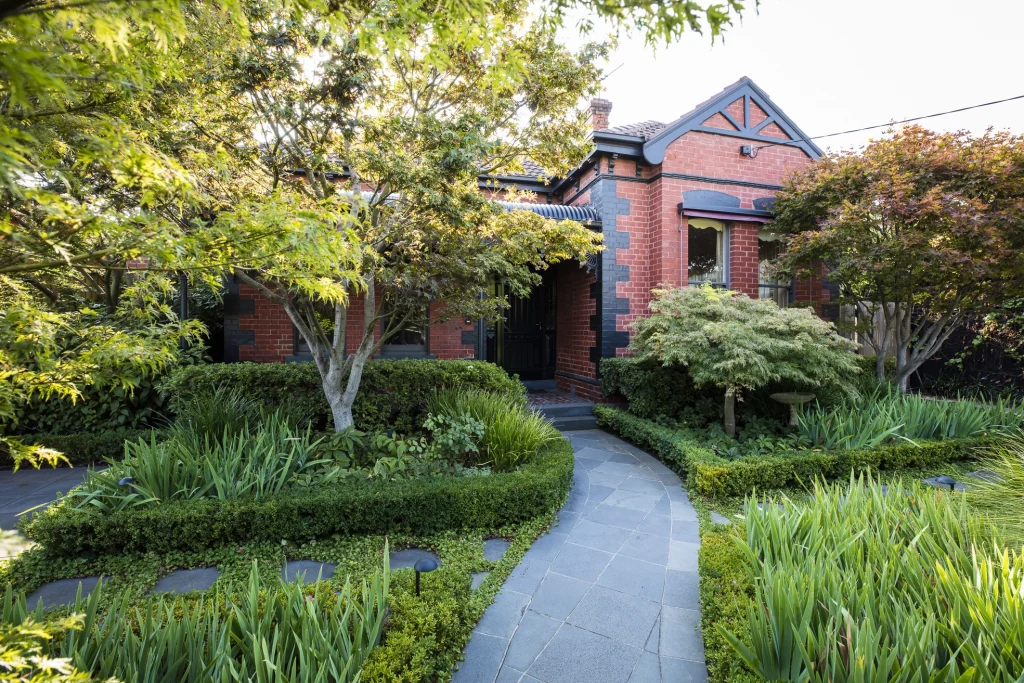
How to plant
Acer palmatums thrive in sheltered, partially shaded positions, protected from strong winds and harsh afternoon sun. Choose a spot with well-drained, slightly acidic soil that has been enriched with organic matter such as compost. When planting, dig a hole twice as wide as the root ball and of similar depth. Position the tree so that the top of the root ball sits level with the surrounding soil.
Backfill gently, water deeply to settle the soil, and apply a layer of mulch around the base to retain moisture and moderate soil temperature – keeping mulch a few centimetres away from the trunk to prevent rot.
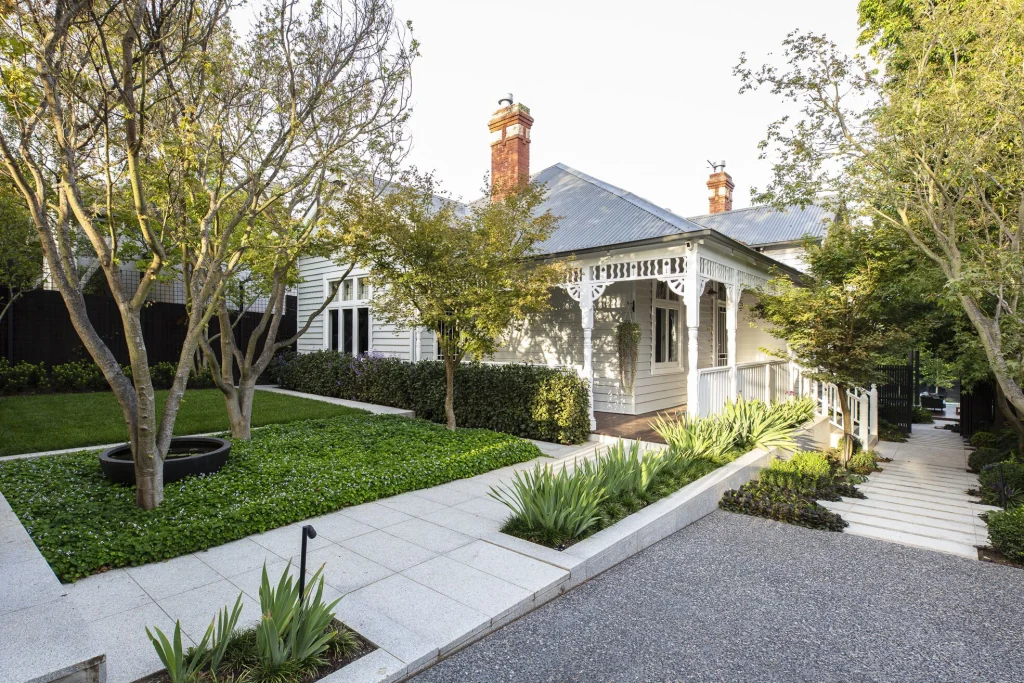
Care and maintenance
These trees prefer consistent moisture, particularly during hot or dry periods. Water deeply once or twice a week rather than frequent shallow watering. During summer, leaf edges can scorch if the soil dries out or if the tree is exposed to strong sun or wind. Feed in early spring with a slow-release fertiliser for acid-loving plants, and top up mulch annually. Pruning should be light and selective – remove any dead, crossing or crowded branches in late winter to maintain the tree’s elegant structure. Avoid heavy pruning, as it can spoil its natural form.
